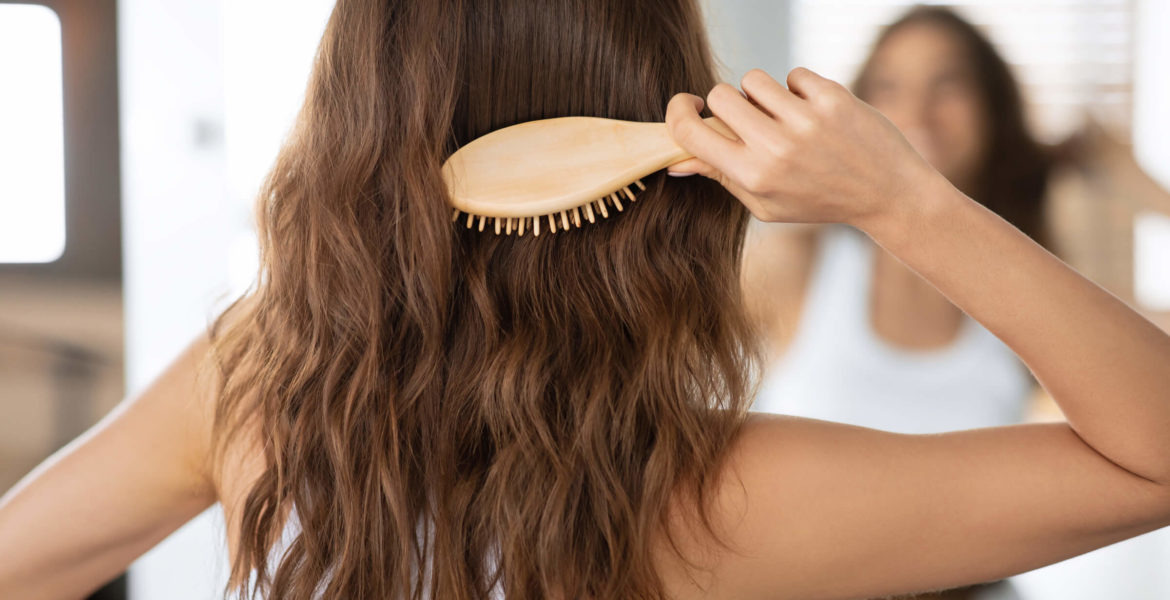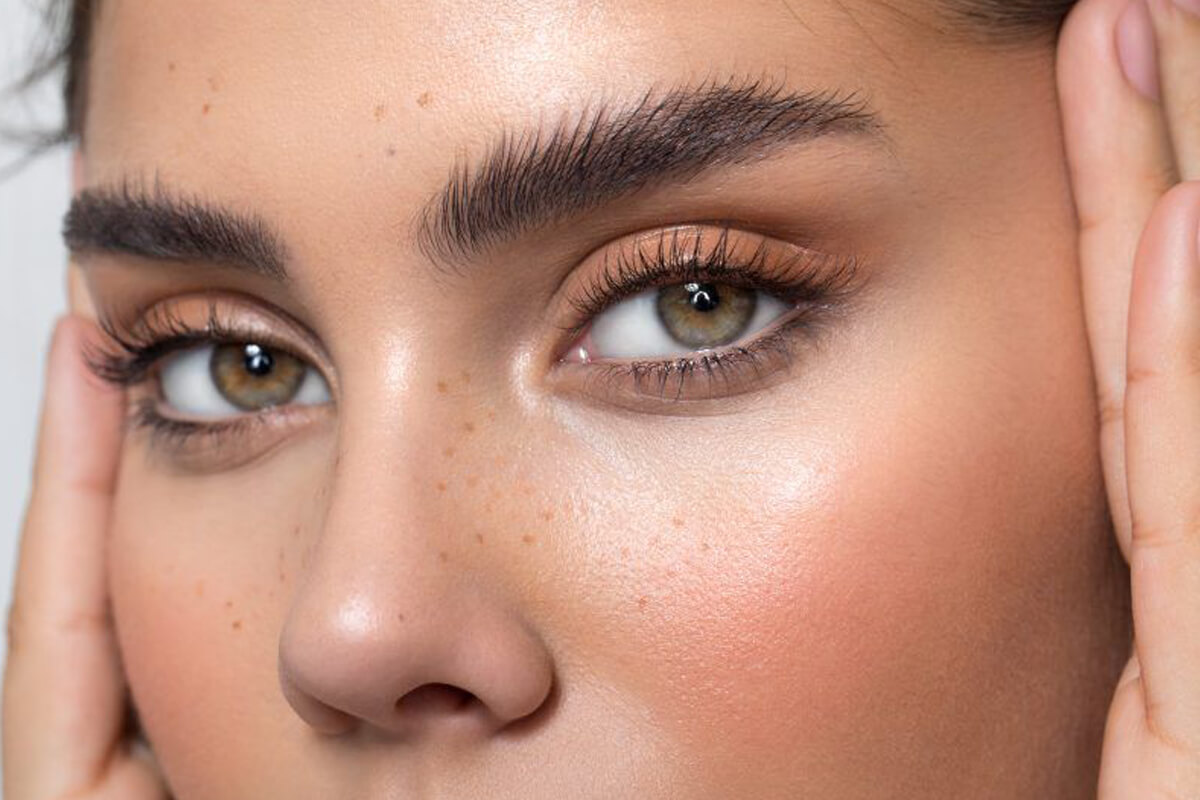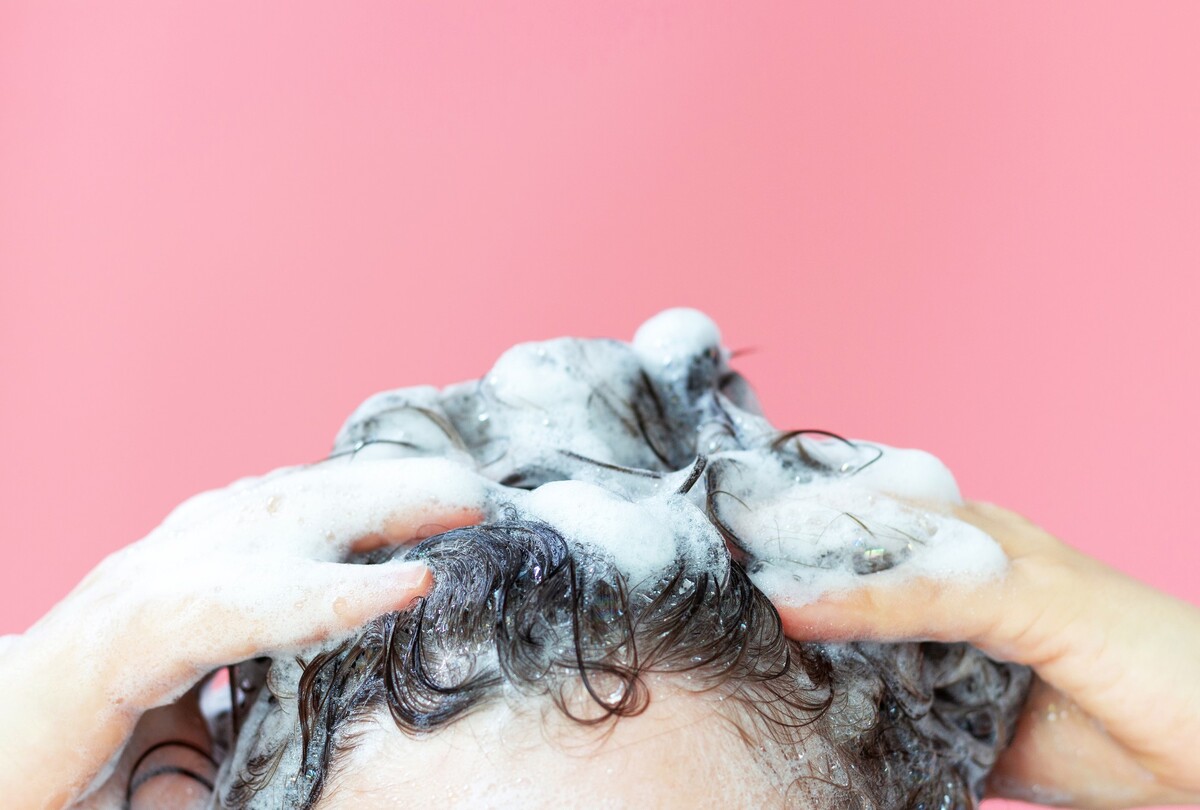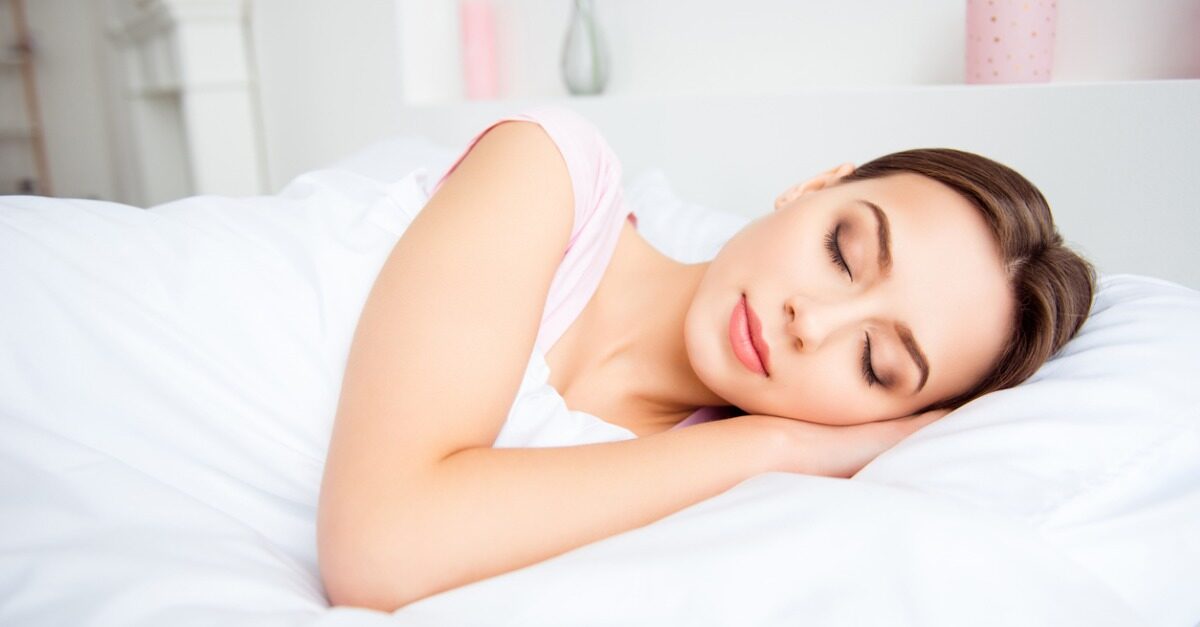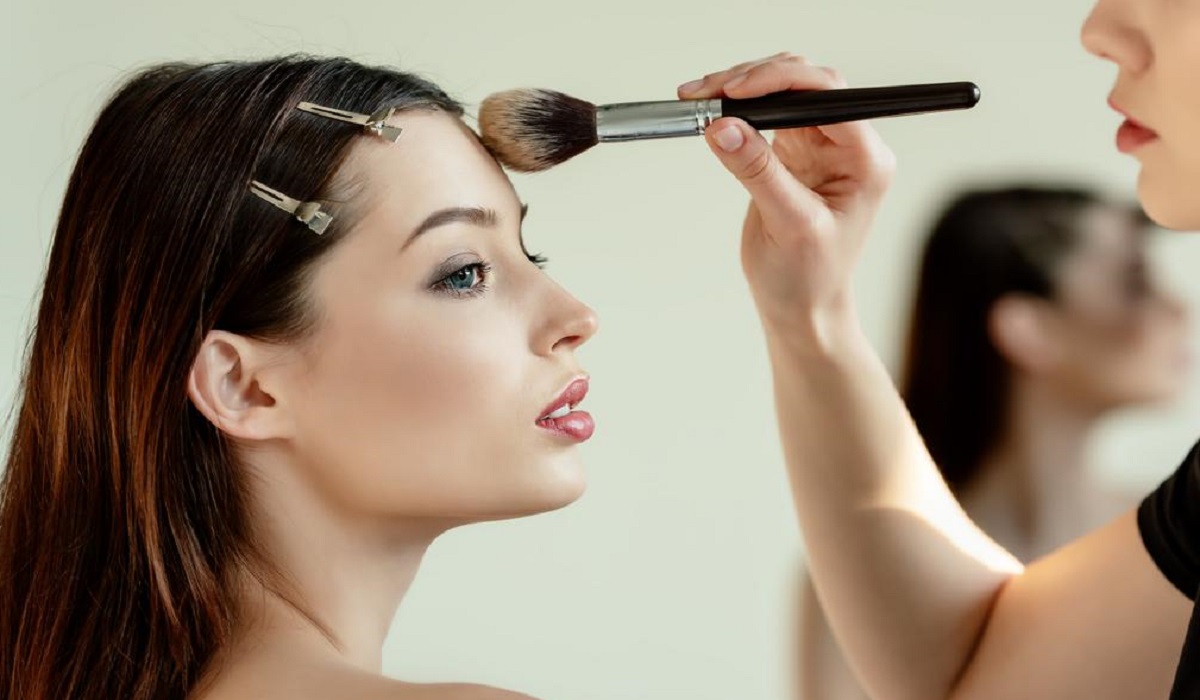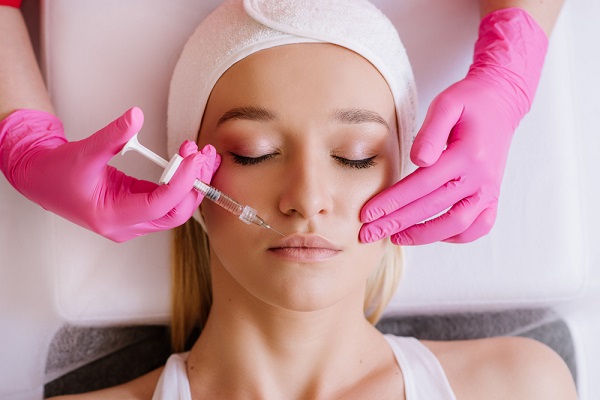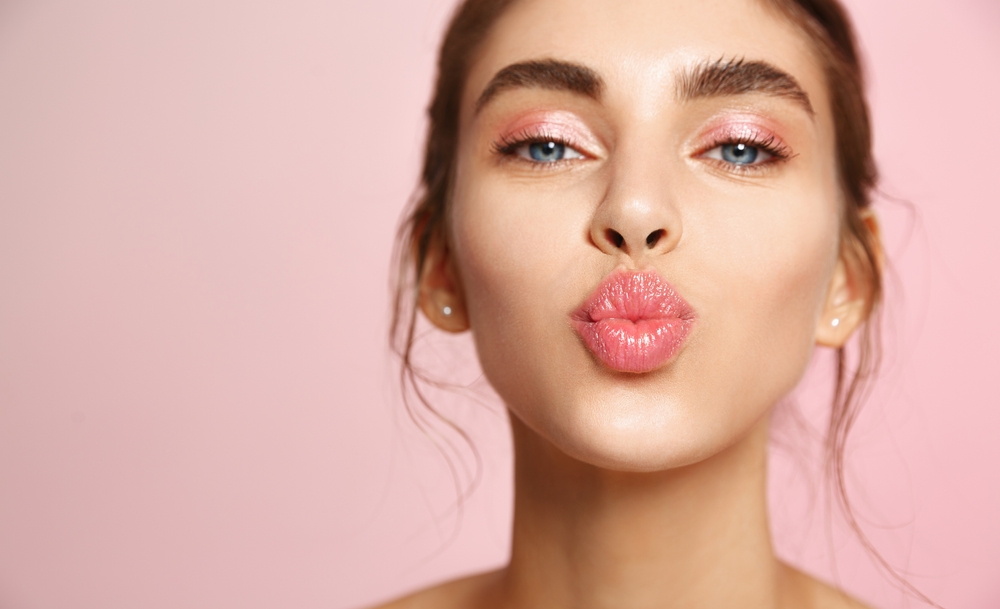
Having soft, supple lips is something that everyone desires. Unfortunately, factors such as cold weather, dehydration, and exposure to the sun can cause dry and chapped lips, making them feel rough and unattractive. Fortunately, there are many natural ways to get soft lips without resorting to expensive beauty products or treatments. In this article, we’ll explore some of the best ways to get soft lips naturally.
Exfoliate Your Lips
Exfoliating your lips is the first step in achieving soft lips naturally. Dead skin cells can build up on the surface of your lips, causing them to feel rough and dry. By exfoliating your lips, you can remove these dead skin cells, revealing soft and smooth lips underneath.
One of the easiest ways to exfoliate your lips is to use a homemade lip scrub. You can make your own lip scrub by mixing together a tablespoon of sugar with a teaspoon of honey or coconut oil. Apply the mixture to your lips and gently rub in circular motions for a few minutes. Rinse off with warm water and pat dry.
Stay Hydrated
Drinking plenty of water is crucial for maintaining soft and supple lips. Dehydration can cause your lips to become dry and chapped, so it’s important to drink enough water throughout the day to keep your body hydrated.
In addition to drinking water, you can also keep your lips hydrated by applying a moisturizing lip balm. Look for a lip balm that contains natural ingredients such as shea butter, beeswax, and vitamin E.
Protect Your Lips From the Sun
Exposure to the sun can cause your lips to become dry and chapped. To protect your lips from the sun’s harmful rays, apply a lip balm that contains SPF before heading outside.
Use Natural Oils
Natural oils such as coconut oil, almond oil, and jojoba oil can help to moisturize and nourish your lips, leaving them feeling soft and supple. Simply apply a small amount of oil to your lips before bed and leave it on overnight.
Avoid Licking Your Lips
Licking your lips can actually make them more dry and chapped. Saliva contains enzymes that can break down the skin on your lips, leading to dryness and irritation. Instead of licking your lips, reach for a moisturizing lip balm to keep them hydrated.
Eat a Healthy Diet
Eating a healthy diet can also help to keep your lips soft and supple. Foods that are rich in vitamins and antioxidants, such as fruits and vegetables, can help to nourish your lips from the inside out.
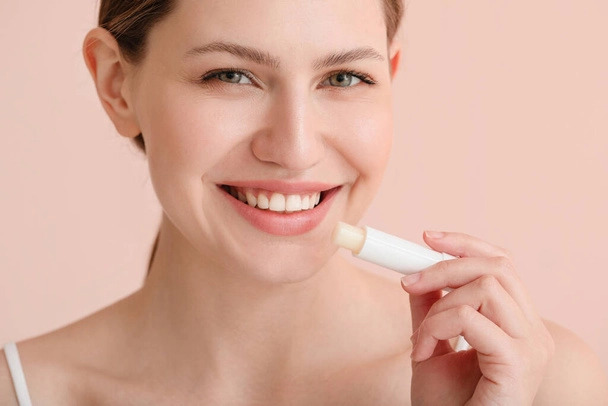
Don’t Smoke
Smoking can cause your lips to become dry and discolored, so it’s best to avoid smoking if you want to maintain soft and healthy lips.
Be Gentle With Your Lips
Being gentle with your lips is key to maintaining their softness and preventing damage. Avoid biting or picking at your lips, and be gentle when applying lip balm or other products.
Use a Humidifier
If you live in a dry climate or spend a lot of time in air-conditioned or heated spaces, a humidifier can help to add moisture to the air and prevent your lips from becoming dry and chapped.
Try a Lip Mask
A lip mask is a great way to give your lips an extra dose of hydration and nourishment. Look for a lip mask that contains natural ingredients such as honey, aloe vera, or avocado oil. Apply the mask to your lips and leave it on for 10-15 minutes before gently wiping it off.
Avoid Harsh Toothpaste
Some toothpaste formulas can be harsh on your lips and cause them to become dry and irritated. Look for a toothpaste that is gentle and free of harsh chemicals and abrasives.
Massage Your Lips
Gently massaging your lips can help to increase blood flow and stimulate collagen production, which can lead to softer, plumper lips. Use your fingertips to massage your lips in circular motions for a few minutes each day.
Choose Lip Products Wisely
When choosing lip products, it’s important to opt for products that are gentle and nourishing. Look for lip balms and other lip products that contain natural ingredients such as beeswax, shea butter, and vitamin E. Avoid products that contain harsh chemicals or fragrances that can cause irritation.
Get Enough Sleep
Getting enough sleep is crucial for maintaining healthy skin, including your lips. When you don’t get enough sleep, your body produces more stress hormones, which can cause your skin to become dry and dull. Aim for 7-9 hours of sleep each night to keep your lips and skin looking their best.
In conclusion, achieving soft, beautiful lips naturally requires a combination of healthy habits and a gentle approach. By following these tips, you can keep your lips hydrated, nourished, and protected from the elements, leading to softer, more supple lips that you’ll love to show off.

